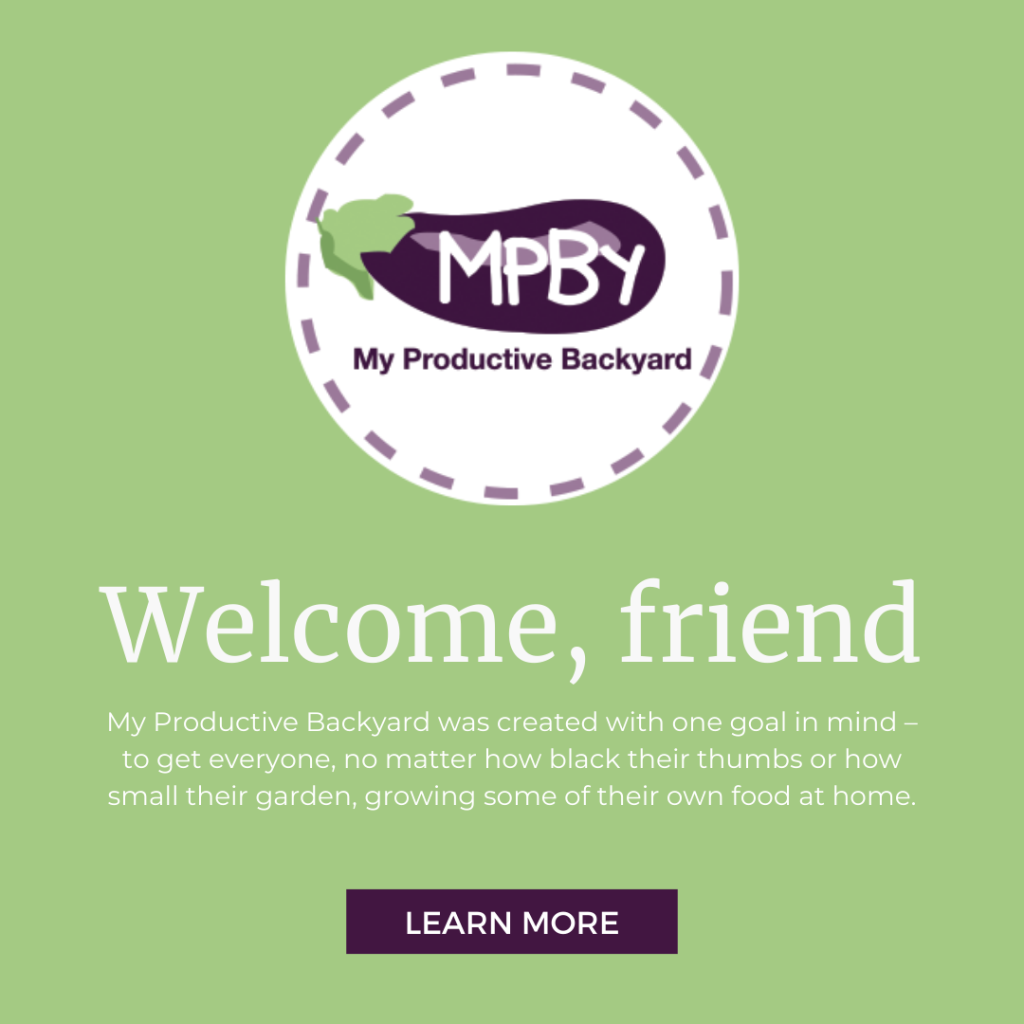If you are in a temperate climate, such as the East coast of NSW, it is time to get your broad beans in. As I am in a cool climate I put mine in about a month or so ago and they are up and growing well.
Broad beans are suitable to plant in either a No-dig garden or in a soil based garden that has been dug over and had some organic matter, well-aged manure and a little lime added to it.
Broad beans are best grown from seed. Like most legumes the seeds are big and easy to plant- get the kids involved- cover the seed with about 3-5cms of soil, water well and do not water again until they have germinated.
And need:
- Some support as they can be easily damaged by wind or just fall over when the pods start to grow and become heavy. I generally just place stakes around the area I have planted up and when the plants reach 10-15 cm high I run a grids of twine between the stakes at about 20 cm from the ground and then add another grid of twine at 20 cm intervals up the stakes as the plants grow.
- Regular fertilising. Once they are about 5 cm tall I start to give them a ½ strength high nitrogen organic liquid fertilise once a week. As legumes they do fix nitrogen but I have always found that a little extra fertiliser gives them a good kick start and produces good big, strong plants that can produce plenty of pods.
I continue this type of fertilise for about 6-8 weeks then hit them with a couple of doses of high potassium fertiliser such as Seasol or my own flower and fruit fertiliser tea made from comfrey and banana skins. This sends the plant into flower and pod production in favour of leaf growth. - Regular watering. They will need a good soak once a week unless you get adequate rain. Try to avoid wetting the foliage as this can encourage rust.
- Protection from Pests and Disease. In a cooler climate I find the broad beans are really not bother by any pests or diseases, but in a temperate climate you will get some aphid and white fly infestations so try planting a few good bug attracting plants such a calendula and alyssum around the edges of your broad bean plot to keep these pests under control.
- Harvesting. I always try and pick the pods when they are quite young. This ensures they are nice and tender and full of flavour. Left on the plant to long and they become tough and floury. I also try and pick the pods frequently to keep the plant flowering and producing.
Using your Broad Beans
Although you can eat broad beans straight from the pod when they are young and tender, once they are full size I prefer to remove then outer skin of the bean. I think this double skinning improves the texture and flavour and the colour of the inner bean is spectacular.
It does take time but is well worth it – all you just need to do is remove the beans from the pod, drop them into boiling water for a minute, drain and pop them into cold water – make a small shallow cut in the skin and slip the bean out. At this stage they can be used as is, or further cooked for another minute or two.
One of my favourite ways to use these peeled bean is in this recipe from Jamie Oliver – http://www.jamieoliver.com/recipes/pasta-recipes/pappardelle-with-peas-broad-beans-pecorino/
or cooked till tender then tossed in butter and fresh chopped mint, or smashed, seasoned and spread on sour dough toast.
Yum can’t wait till spring.
What is you favourite Broad Bean recipes? Let me know in the comments section, as I am always looking for different ways to use my home grown produce.
If some of these recipes have you thinking you would like to trying growing your own broad beans then buy a packet and get growing today!
For more information on starting your productive backyard, check out the website.
If you have questions about growing your own broad beans, you can always ask me questions via my Facebook Page, Pinterest or Instagram!
Happy Gardening
Kathy






